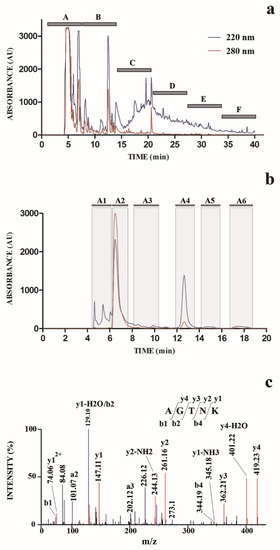- Joined
- Dec 31, 2003
- Messages
- 527
Another reason not to handle cephalopods. You never know what venom is in that bite. I hope this means more work on this subject will come out by this group, such as any results from Metasepia, Thaumoctopus or Wunderpus.
Cookea, I. R., Whitelawc, B., Normand, M., Caruanac, N., & Strugnellc, J. M. (2015). Toxicity in Cephalopods.
Abstract:
Cephalopods are a morphologically diverse molluscan class that includes octopuses, cuttlefishes, squids, and nautiluses. The behavior, morphology, and sometimes aposematic appearance of coleoid cephalopods
(octopuses, cuttlefishes, and squids) are highly suggestive of the widespread use of toxins for predation
and/or defense. Many cephalopods use a combination of their parrot-like beak and/or toothed radula to inject venomous saliva, thought to be produced in the posterior salivary gland, into prey through a bite wound or a hole drilled into the shell. However, relatively few toxins have been studied to date from only a narrow range of cephalopods. Active components that have been identified from cephalopod posterior salivary gland extracts (or saliva) include neurotoxins such as tetrodotoxin (also found in body tissues), tachykinins and cephalotoxins, biogenic amines such as serotonin and octopamine, and a diverse range of enzymes including serine proteases, phospholipase A2, hyaluronidases, and chitinases. Coleoid cephalopods represent excellent candidates for biodiscovery, being taxonomically distinct from heavily studied venom-producing organisms, and because their venoms appear to be complex mixtures of proteins and small molecules. Understanding the evolutionary history of toxicity in cephalopods remains a challenge, with many major taxa remaining unstudied and very little specific functional information available on most cephalopod toxins. The application of “omics” technologies to research on venoms and other toxic secretions (“venomics”) is an important and powerful way of characterizing entire suites of proteinaceous toxins from pure venom or gland extracts in cephalopods and is likely to yield future insights into the evolution of toxicity in this class.
Cookea, I. R., Whitelawc, B., Normand, M., Caruanac, N., & Strugnellc, J. M. (2015). Toxicity in Cephalopods.
Abstract:
Cephalopods are a morphologically diverse molluscan class that includes octopuses, cuttlefishes, squids, and nautiluses. The behavior, morphology, and sometimes aposematic appearance of coleoid cephalopods
(octopuses, cuttlefishes, and squids) are highly suggestive of the widespread use of toxins for predation
and/or defense. Many cephalopods use a combination of their parrot-like beak and/or toothed radula to inject venomous saliva, thought to be produced in the posterior salivary gland, into prey through a bite wound or a hole drilled into the shell. However, relatively few toxins have been studied to date from only a narrow range of cephalopods. Active components that have been identified from cephalopod posterior salivary gland extracts (or saliva) include neurotoxins such as tetrodotoxin (also found in body tissues), tachykinins and cephalotoxins, biogenic amines such as serotonin and octopamine, and a diverse range of enzymes including serine proteases, phospholipase A2, hyaluronidases, and chitinases. Coleoid cephalopods represent excellent candidates for biodiscovery, being taxonomically distinct from heavily studied venom-producing organisms, and because their venoms appear to be complex mixtures of proteins and small molecules. Understanding the evolutionary history of toxicity in cephalopods remains a challenge, with many major taxa remaining unstudied and very little specific functional information available on most cephalopod toxins. The application of “omics” technologies to research on venoms and other toxic secretions (“venomics”) is an important and powerful way of characterizing entire suites of proteinaceous toxins from pure venom or gland extracts in cephalopods and is likely to yield future insights into the evolution of toxicity in this class.


